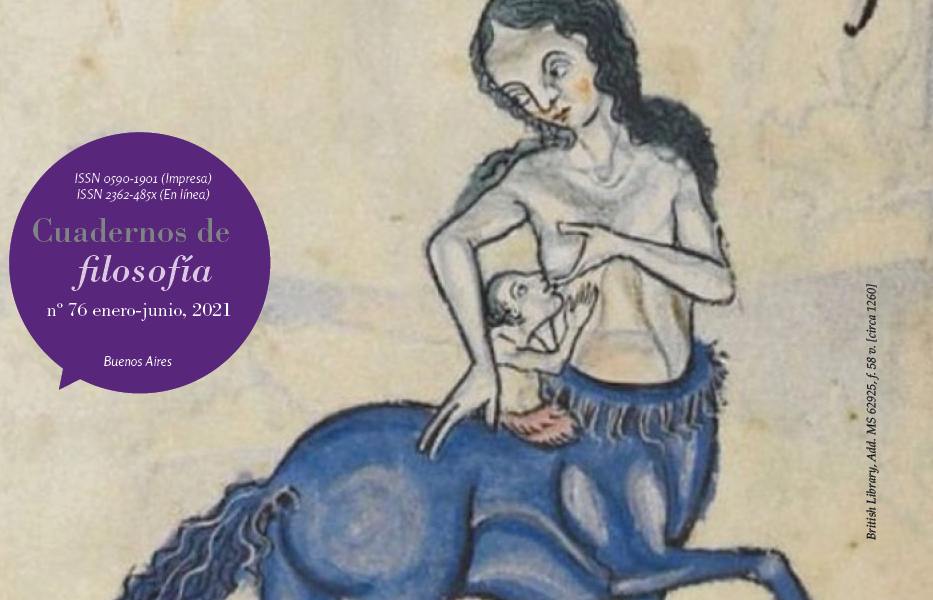La Nature as intertwining. Materials, lines and environment in the thought of Tim Ingold
Abstract
This reflection aims to explore the treatments of anthropologist Tim Ingold around the concept of environment. The objective will be to give off from them a contribution towards a non-anthropocentric conception of the notion of nature. We will classify the author's proposals into two major theories that will structure the different sections of the work: on the one hand his "theory of materials", and on the other, his "theory of lines". In the first, we will analyze the bases that make up his conception of the environment based on the contrast between materiality vs. materials. In the second part we will analyze its so-called linealogy from three figures: knote, ground and air. From the conjunction of both theories a renewed concept of nature is derived that harmonizes with the coordinates of the new contemporary materialisms and posthumanisms. Our hypothesis is that an understanding of nature in interstitial terms is revealed in the anthropologist's proposals. More specifically, the accent is no longer placed on the relationship between a human spectator and nature as setting, but on the tension between environment and experience, both spheres conceived as mutually conforming.Downloads
Los autores/as que publiquen en esta revista aceptan las siguientes condiciones:
Los/as autores/as [traductores/as] conservan los derechos de autor/a y ceden a la revista el derecho de la primera publicación, con el trabajo registrado con Licencia Creative Commons Atribución-NoComercial-CompartirIgual 4.0 Internacional, que permite a terceros utilizar lo publicado siempre que mencionen la autoría del trabajo y a la primera publicación en esta revista.
Los/as autores/as pueden realizar otros acuerdos contractuales independientes y adicionales para la distribución no exclusiva de la versión del artículo publicado en esta revista (p. ej., incluirlo en un repositorio institucional o publicarlo en un libro) siempre que indiquen claramente que el trabajo se publicó por primera vez en esta revista.
Se permite y recomienda a los/as autores/as a publicar su trabajo en Internet (por ejemplo en páginas institucionales o personales).
Políticas de detección de plagio
La colaboración de los y las editores/as, autores/as y evaluadores/as de esta revista y la guía de ética de los procesos editoriales se rige por los Principios de transparencia y buena práctica en publicaciones académicas del Committee on Publication Ethics (COPE) disponible aquí.
Todos los artículos enviados a esta publicación serán supervisados mediante una búsqueda online.







